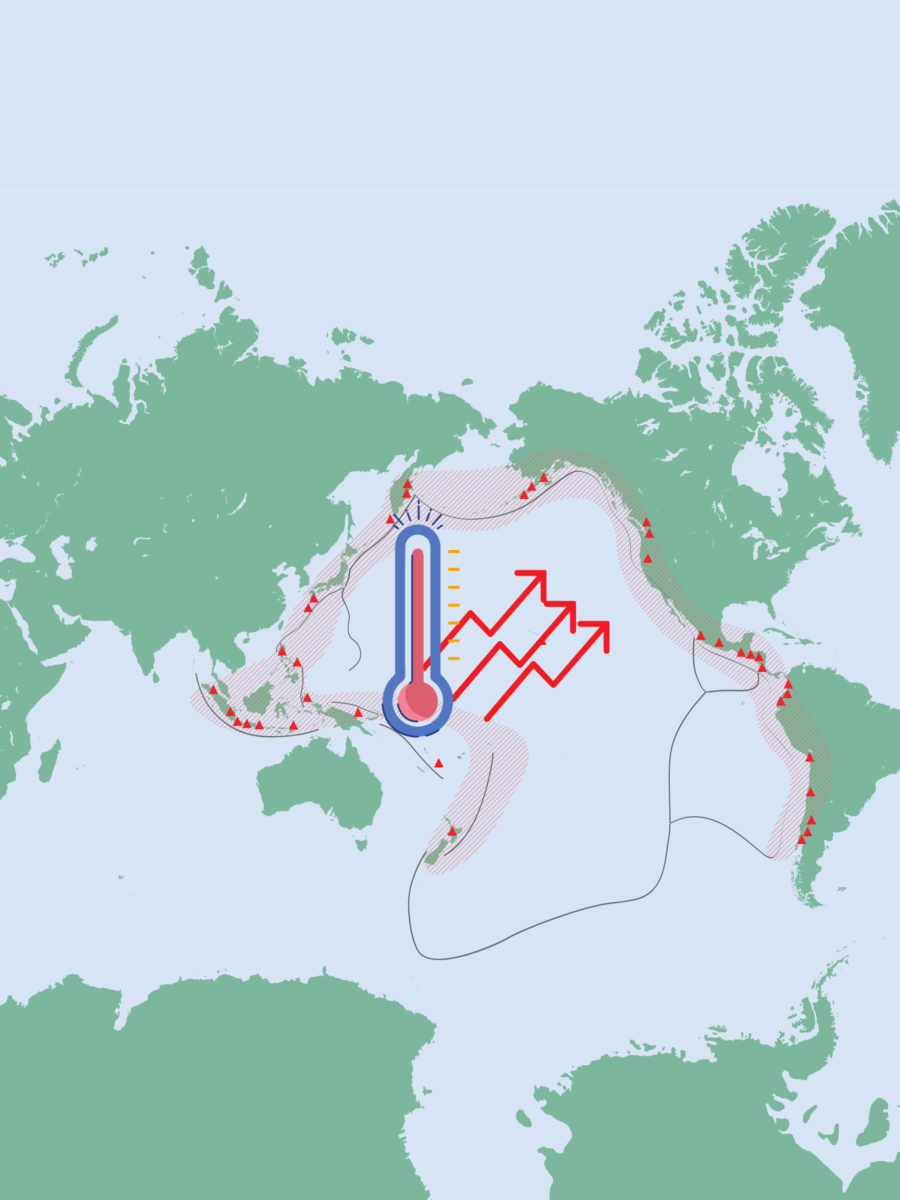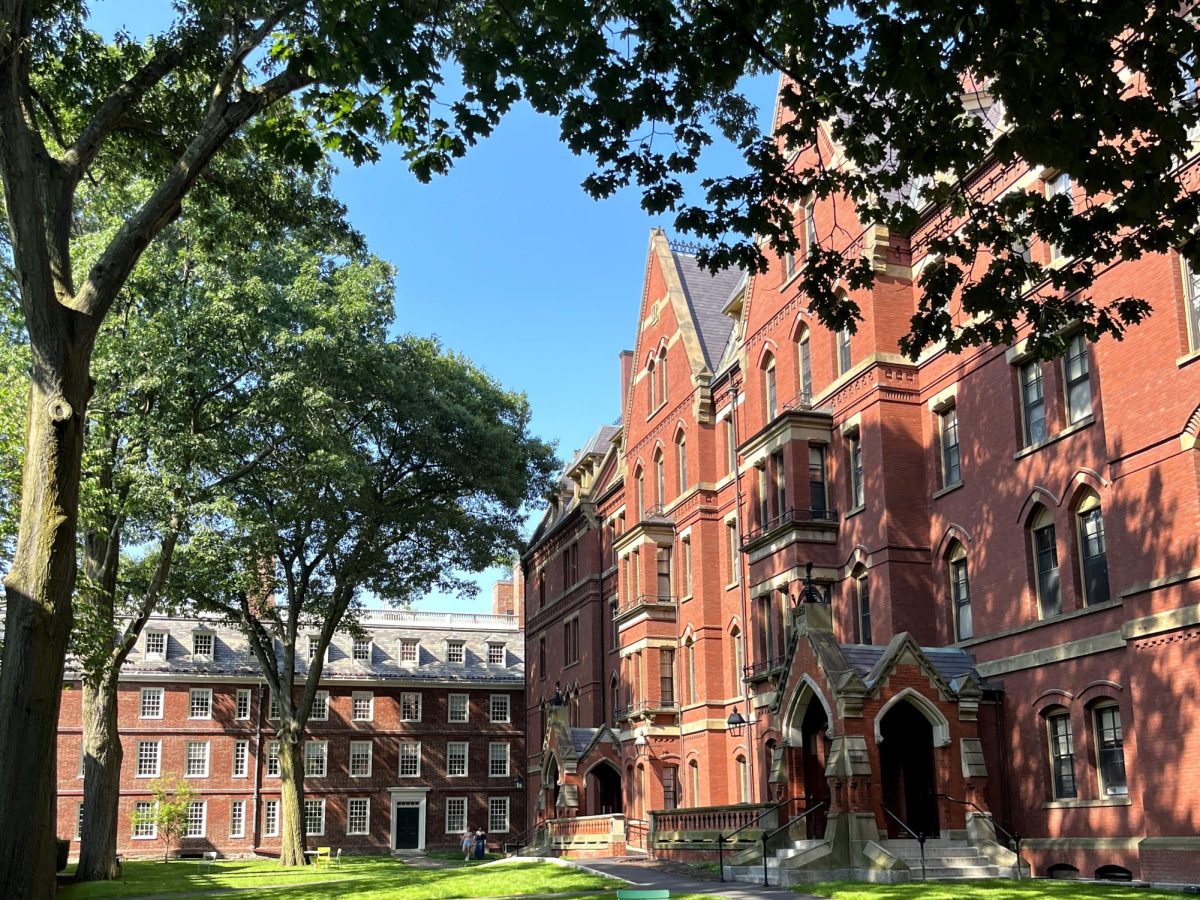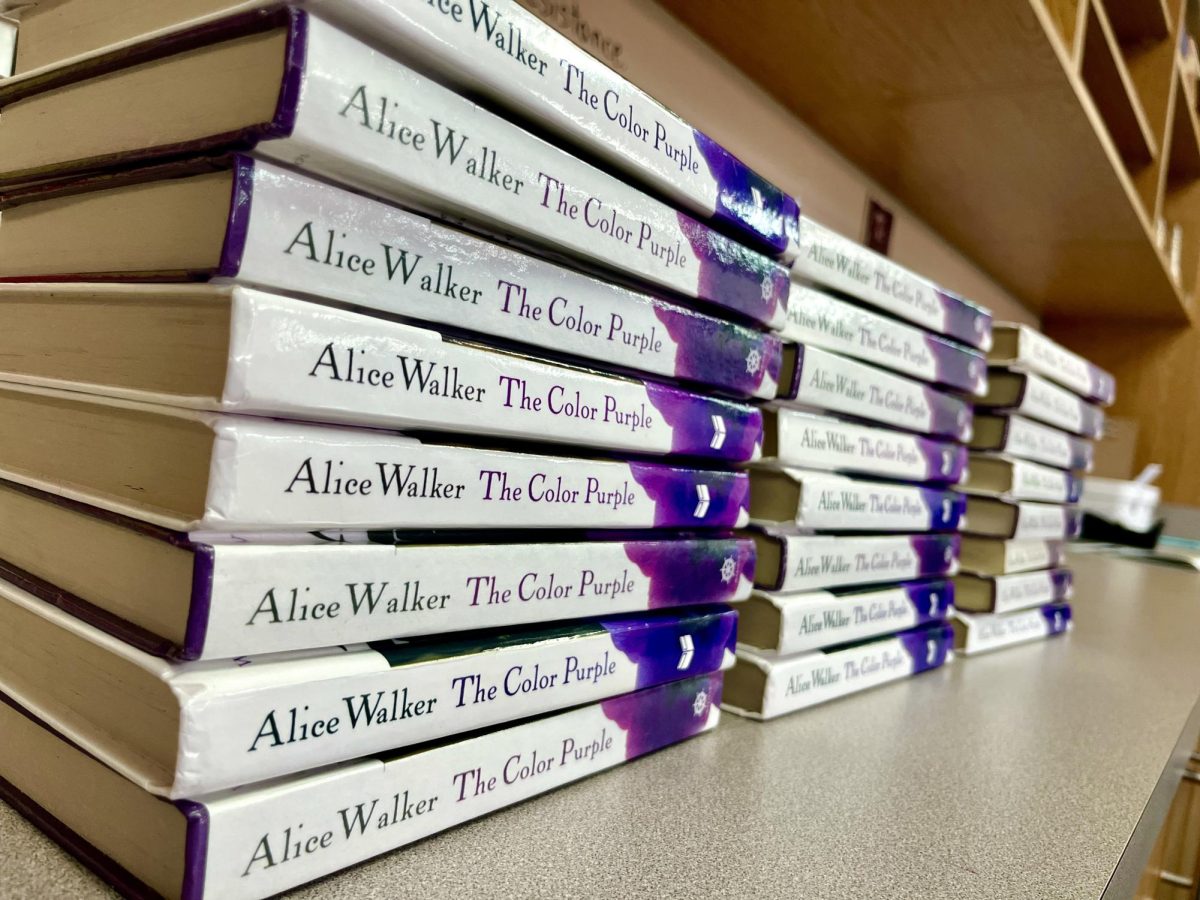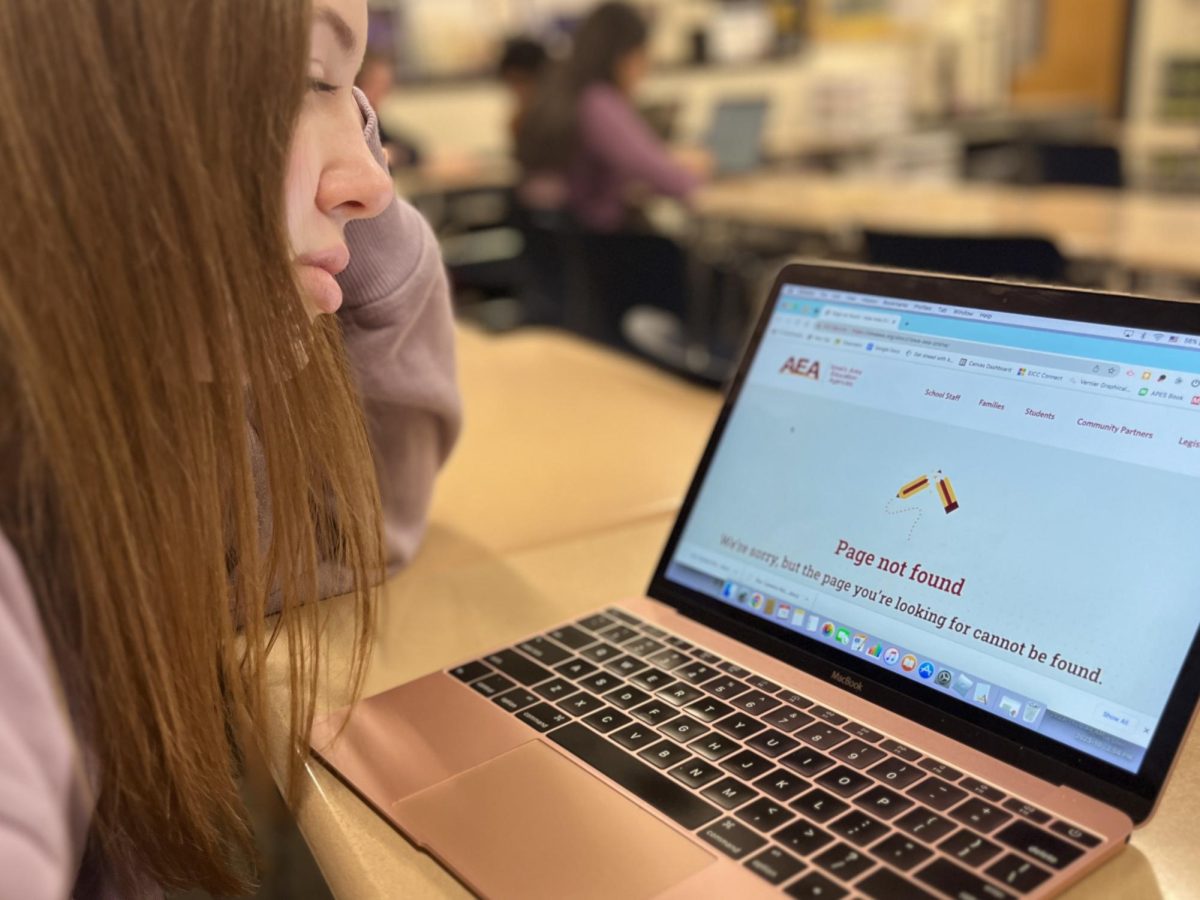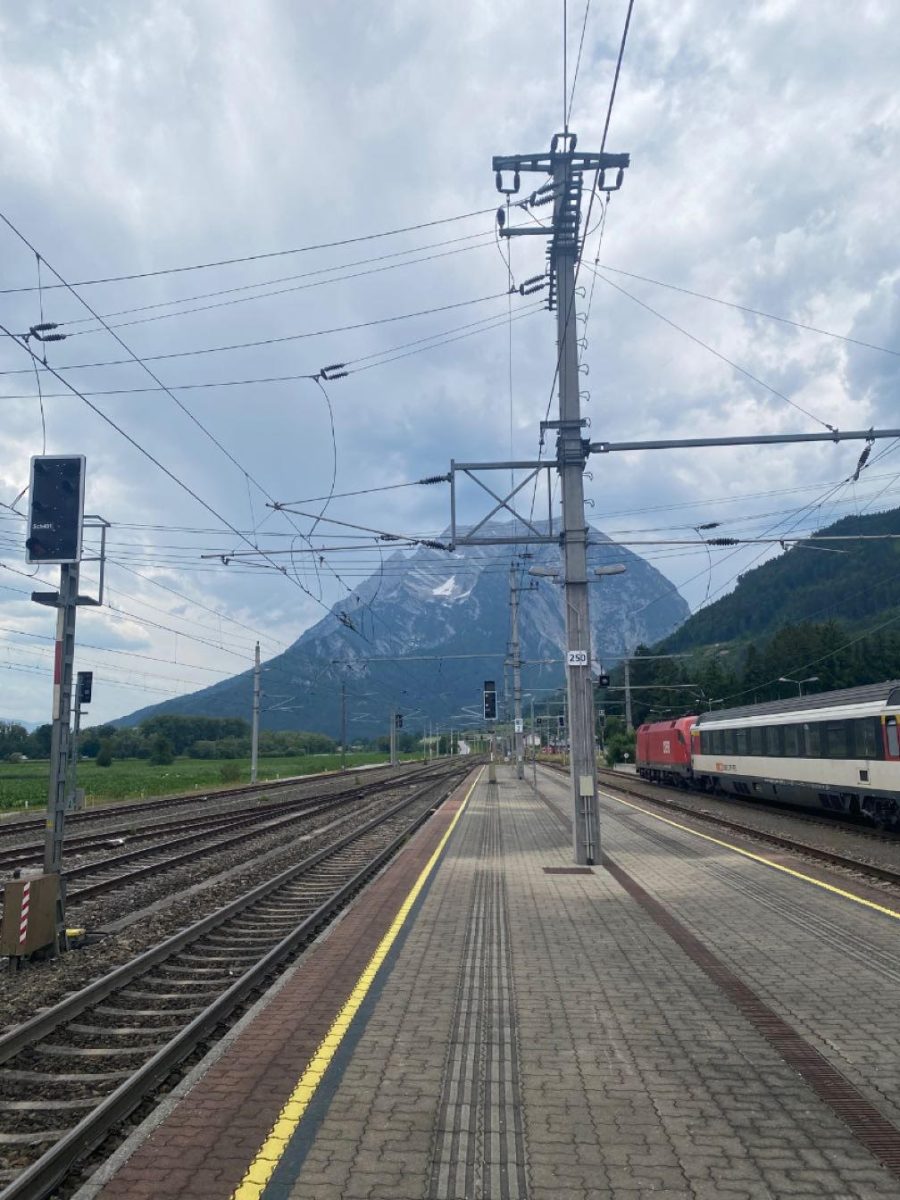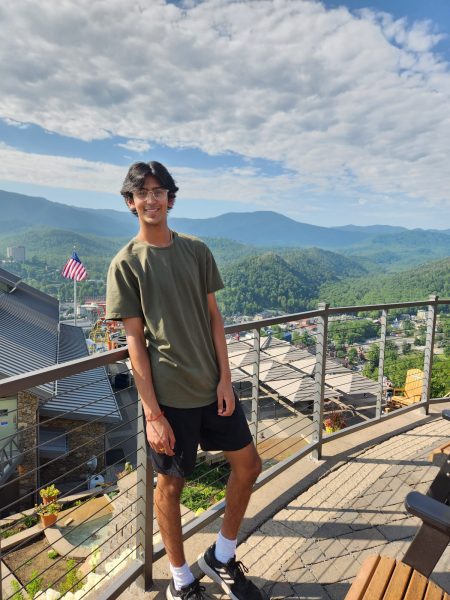Earth is currently experiencing a change to global weather conditions due to the irregularly occurring phenomenon known as El Niño.
El Niño is an irregular naturally occurring event which lasts nine to 12 months. Its most notable occurrences were in the years 1982, 1997, and 2015. This phenomenon is a climate pattern recognized by an unusual warming of surface waters in the eastern tropical Pacific Ocean. The surface waters warm because of factors like air pressure and temperatures that change the way trade winds blow.
Normally, trade winds blow East to West, blowing the warm equator water to Asia. During El Niño, trade winds blow West to East along the Pacific equator, causing warmer surface water along South American coasts. As a result, South America experiences a warmer climate.
Depending on the region, El Niño can change temperatures, precipitation and frequency of other natural disasters. Specifically, the United States will experience wetter conditions in the South and warmer and drier conditions in the North.
The flooding, droughts, and temperature changes that come with El Niño can be harmful animals and their habitats.
The population of migratory birds takes a toll during El Niño winters. Migratory birds usually fly South to a warmer location for the winter when their home habitat begins to get cold, but the instinct to migrate is disrupted when El Niño warms the habitat the birds are supposed to leave.
Senior Ronit Wade sees the impact of El Niño on birds first hand. “I have a bird feeder outside my home and usually it isn’t used by birds during the months of November or December because all the birds have migrated. However, this year I still see birds, even in December, eating from the bird feeder pretty late in the year,” he stated.
El Niño induced natural disasters can be devastating, especially in the West of the United States.
Senior Shivesh Ganesh has had family face the consequences of El Niño disasters. “I have family over in California and they face a lot of problems during El Niño. They have to deal with dangers such as flooding or mudslides which can destroy homes and take lives,” he said.
Ganesh has also seen the damage El Niño brings to animals in their habitats. “I Facetime my family in California a lot and they often show me the ocean on their beach trips. Sometimes I even see fish in the ocean. However, lately my family has noticed a drop in the amount of times they see fish. They say it’s almost a rare sighting now,” he stated.
Fish population tends to drop during El Niño because of increased sea surface temperatures. Kelp are a primary source of food for fish. However, kelp thrive in cold, nutrient-filled water which is no longer present during El Niño. This leads to fish dying or migrating to areas with more food.
Although areas like Iowa should experience warmer and milder winters, there is always the possibility of big snow events. Usually, the stronger the El Niño is, the drier and milder the winter is. The weaker El Niño is, the winter is wetter and routine.
The Climate Prediction Center (CPC) stated that Iowa is within a moderate to strong El Niño pattern. They have also stated there is a 55% chance Iowa experiences a strong El Niño, possibly putting it in the top five El Niño events, and a 35% chance Iowa experiences a historically strong El Niño.
CPC data shows the last strong El Niño was in the winter of 2015-2016. During this span of time the CPC data showed Chicago, a city that experienced similar effects as that of the Quad City area, had temperatures 2.7 degrees above the average. Even more so in December, when Chicago was 8.5 degrees above normal.
The current El Niño is expected to last through the winter, but forecasts predict the climate will return to normal some time between April and June.








